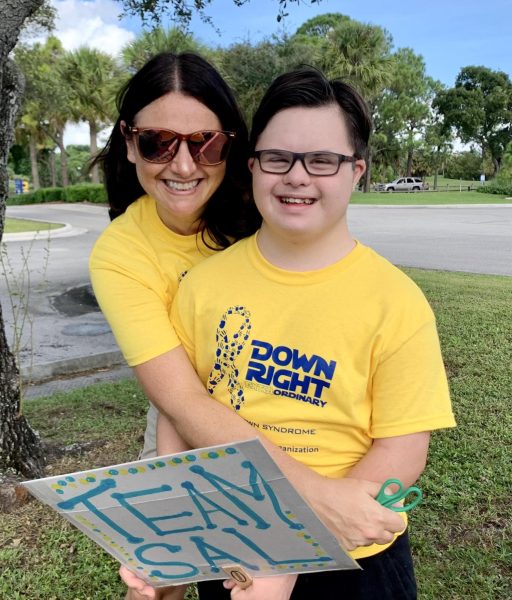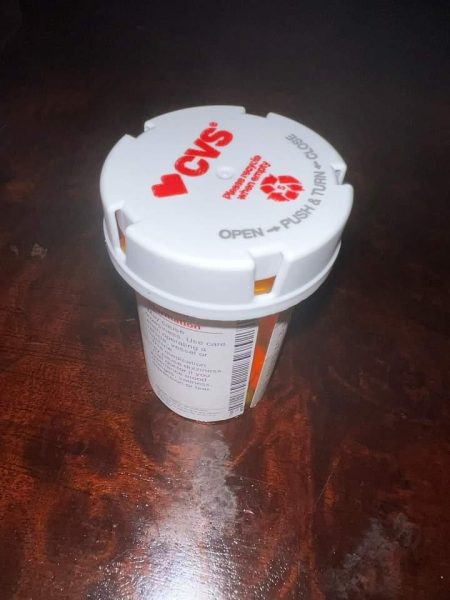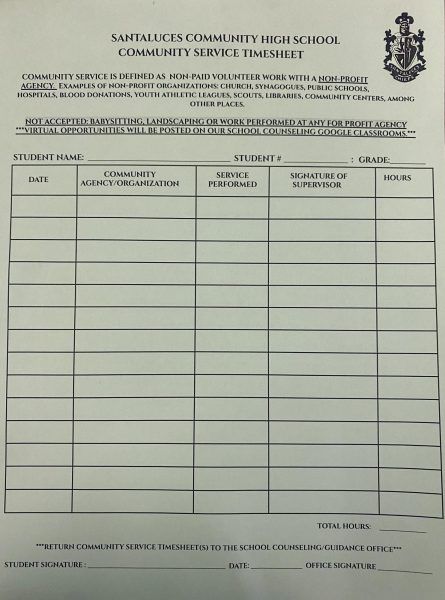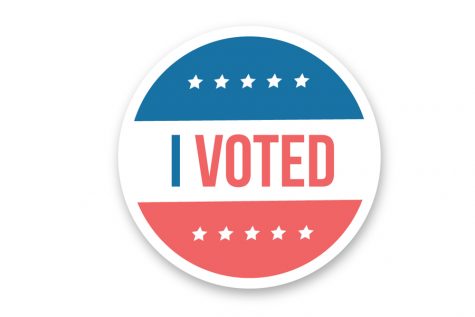What’s Next for Democrats?
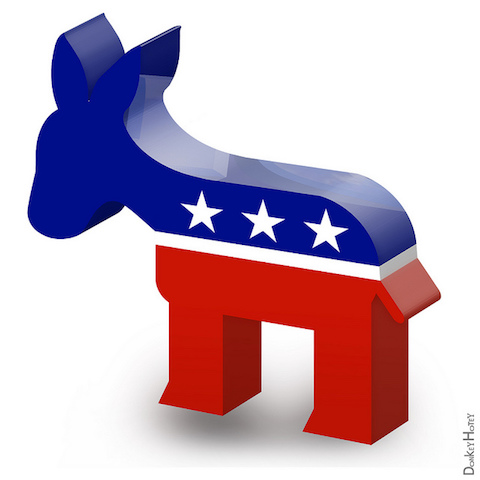
December 1, 2016
For Democrats, this year’s election night was a nail-biting culmination of emotions. Going into the night, Democrats expected to win the executive branch and have more seats in the Senate, but that goal quickly faded as the votes started to pour in.
Democrats realized how the same constitutes who they had left behind decided to shift their votes across the aisle, resulting in a huge surge of white voters. This completely shocked Democrats, pollsters and all of America. The idea of a “hidden vote” is something that is not all too common in American politics, and has completely revolutionized the Republican party.
The ironic part about the Republican win is that throughout the election cycle there were big indications that the Republican party was divided and need to revamp. Many establishment Republicans felt that the new face of the party, Donald Trump, was dividing their ideals. Meanwhile, the Democrats took a laid back approach, only campaigning towards their base, and attempting to gain votes from disenfranchised Republicans.
Even though the Democrats fought to keep that base, the hidden vote for the Republicans prevailed, and here, Democrats believed that the Republican party was divided. Little did they know that Democrats would be the ones to have to piece together their party.
Although Democrats built one of the most progressive platforms that they had ever run on, they fell short of their goals. But it is important to remember that Hillary Clinton won the popular vote – by 2.5 million votes, meaning that more people voted Democrat than Republican. This is a bright spot in the dark hole that Democrats feel they have dug themselves into.
But for Democrats, it will be a rebuilding process. Although shocked, they must continue to fight and be able to work with majority Republican rule. Along with this, Democrats will have to find new leadership in their platforms. Recently, Minnesota Congressman Keith Ellison launched his campaign for DNC chair. He is running his campaign on a progressive platform, and he, much like Bernie Sanders, believes that the Democratic party must be a party of the working class and not of the “Liberal Elite.”
Throughout the election cycle, the Democratic party picked up grassroots support and that is the key for many progressive Democrats. In today’s governmental climate, there is frustration in economic reasoning, which we have seen Republicans use to fuel their campaigns. But Democrats must also see the struggle of young people and the middle class, those constituents that feel as if the Democratic party is only working for the “liberal elite.” Democratic minority groups such as minorities, the LGBT community and women, must work together to fight toward equality and social justice. Essentially, the Democratic party just has to be the party for the people.



